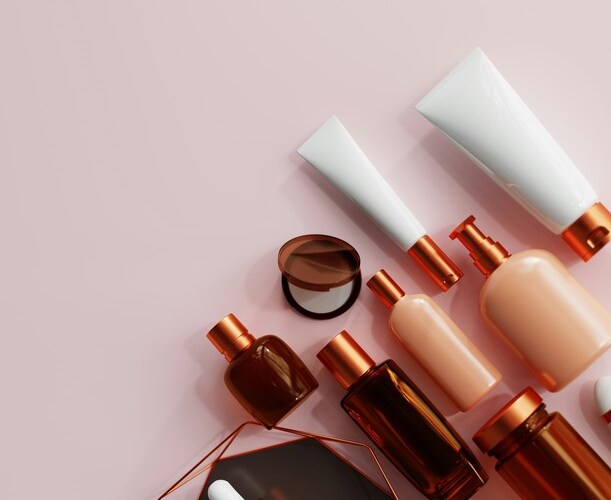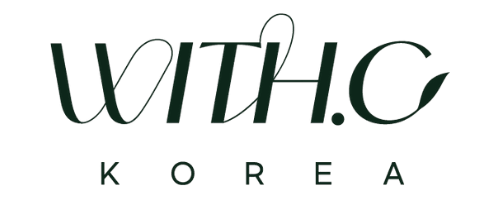What is the difference between cosmetic OEM and ODM?

People say the best item to start a personal brand is cosmetics.
First of all, there is a fixed demand base, so it is easy to access and there are many manufacturers, so the infrastructure is well-equipped.
Above all, compared to food, medicine, etc., this item has a relatively low MOQ.
However, as there are many manufacturers, it takes a long time just to find out the required production conditions.
WITH.C also receives a lot of inquiries about personal logos, and there are quite a few startup companies.
Among them, there are quite a few people who do not know the exact difference between OEM/ODM/OBM.
Now, let’s start by looking at the difference between cosmetic OEM/ODM/OBM.
[OEM/ODM/OBM difference]
- OEM (Original Equipment Manufacturer):
To put it simply, this means putting your logo on the same contents as an existing product with a different design and packaging. - ODM (Original Design Manufacturer):
A form of creating a new product. If there is a reference product, the process is usually similar to that. - OBM (Original Brand Manufacturer):
refers to a manufacturer with its own brand. For example, Apple manufactures and sells iPhones under its own brand.
If you want to have your own product like this, you should consider OEM and ODM.
Then, is it okay to just contact the manufacturer and say that you want to customize with this product?
As interest in PL (Private Labeling) for Korean cosmetics increases, many manufacturers are receiving inquiries from overseas.
If you say something like above out of the blue, they generally try not to respond well.
Because they normally judge like ‘There is no plan for products and there’s a high chance that you won’t proceed after hearing the price or MOQ!’
So which aspects should you consider first and request product manufacturing?
There are many things to keep in mind than you think, but if you mention the five things below first, the meeting will be much easier when requesting production.
[5 things to check when requesting OEM/ODM]
1. Wholesale target price
The most important thing in production is price.
There are many factors that go into this price consideration.
First of all, production price, packaging materials, packaging labor costs, packaging design, other certifications, etc.
Of course, there are expensive raw materials, so the price varies depending on the ingredients, but the price per unit is not as high as you might think.
At this time, if you inform the company of the set price, it will be much easier to provide a quote.
2. Reference Products
As an OEM, the product you want to make is clear, but as an ODM, you have to take care of everything from start to finish.
On the manufacturing side, this is another form of ‘product development.’
At this time, it is a good idea to let the company know if there is a product you want to make.
In particular, the process of coordinating formulation, color, scent, etc. is difficult, so having a reference product will greatly shorten this process.
3. Package Design
The manufacturer also has a design team, so there is no problem leaving it to us.
However, since it is commissioned by a single company, it may be more expensive than you think.
These days, there are well-established platforms that bring together freelancers and share their work.
In particular, overseas there are Behance and Upwork, and in Korea there is a similar platform called Kmong.
If you use a place like this to request packaging design, you can do it at a slightly lower cost.
4. Package Type
When making cosmetics, the amount produced in one facility is of course important, but the MOQ often follows the packaging material than you might think.
This is because the MOQ that can be ordered from a packaging company is determined depending on the type of packaging material.
And the price difference between materials is larger than you might think.
The tubes we generally use are the cheapest and lightest, so they are good for overseas shipping.
However, if you go for the dropper or pump form, it may be more expensive and the MOQ may also be higher.
Once you have decided on the product formulation, we recommend choosing packaging materials.
5. Concept
This does not apply to OEM because the product has already been decided.
However, ODM has many things to consider in the concept.
Representative examples include functionality, customer side, and country.
What functionality do you want, such as whitening or anti-aging?
What is the age and gender of the target customer?
Which countries will you mainly sell to?
If you provide basic information, it will be much easier to determine cosmetic ingredients.
Personally, if you are doing OEM/ODM for the first time, I recommend reading Fraser Doherty’s book, “48 Hour Start-up“
Although it is a book about food groups, it provides detailed information on the process used to create the first product and what websites are used.
If you have any other questions, please contact WITH.C and we will provide a detailed explanation.
